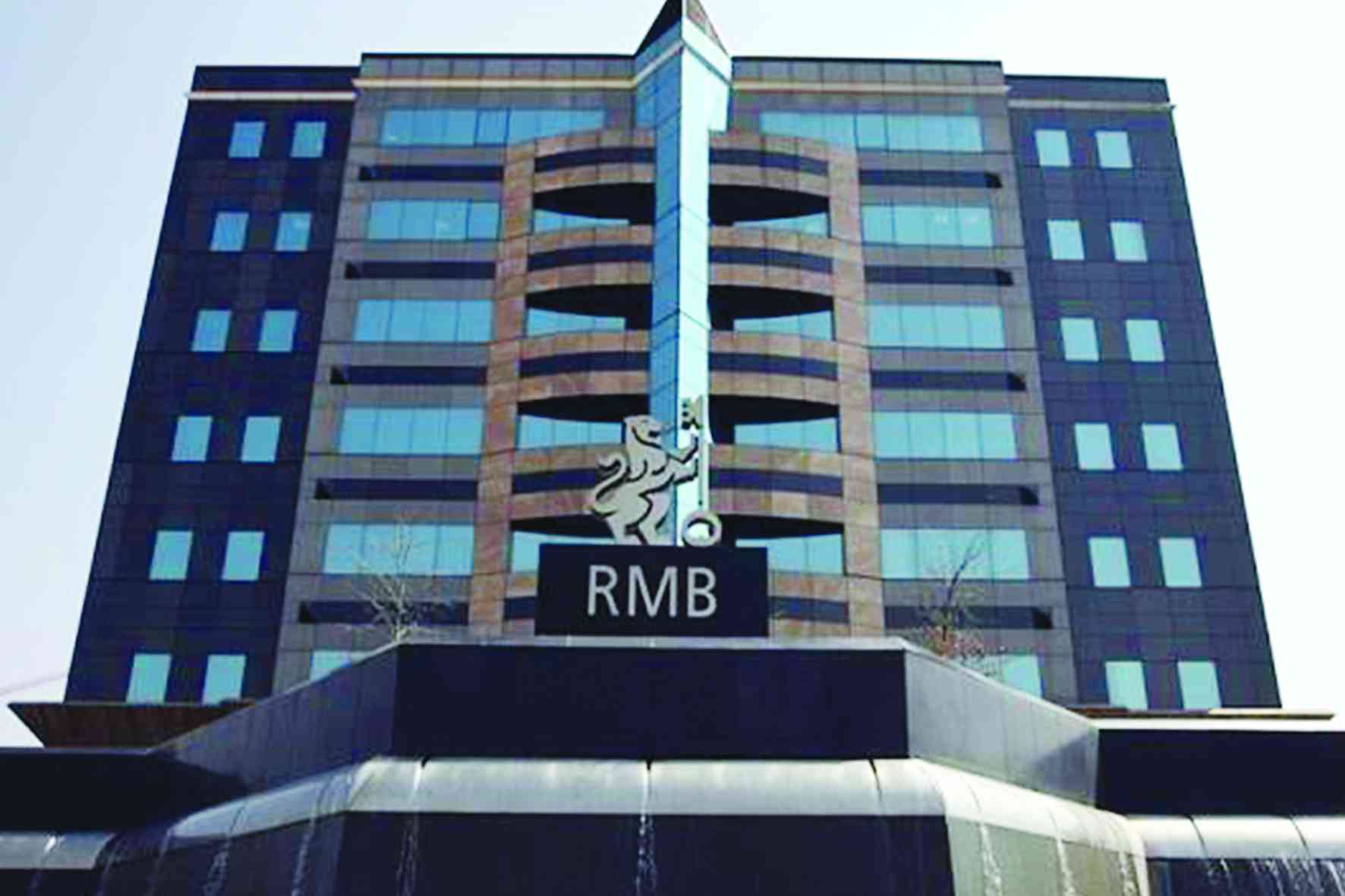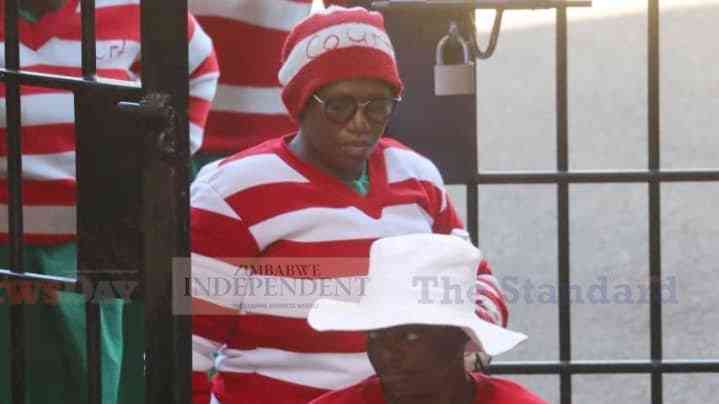
A TOP story in The Axis issue published a fortnight ago carried a headline The season of money madness and already early signs of the implications of unbridled monetary injection into the economy are showing.
The season of madness defines the pre-election period in Zimbabwe, which historically has been categorised by massive unbudgeted for government expenditure.
The typical mechanics of yesteryears involved the abuse of open market operations, particularly the Treasury Bill instrument and the Reserve Bank of Zimbabwe(RBZ) overdraft facility.
Government went on rampant issuing Treasury Bills and rolling them over. Instead of mopping up liquidity, it would rechannel the proceeds towards unbudgeted for expenditure. As a result, liquidity levels in the economy rose encouraging pre-election expenditure.
This would, however, have a consequence on inflating asset prices as seen by sharp surges in stock market values and inflation.
Underlying the inflationary pressure was an opposing force of exchange rate weakness.This script is a well mustered one given historical experience under hyperinflation.
Infact, the overall level of TBs issued reached a staggering US$8 billion at the end of 2018 as over US$2,5 billion were issued in the election year alone.
Impulsive irrational expending behaviour heightens as the D-day (elections) nears and this is largely seen as a way of retaining state power by appeasing the electorate at the expense of near-term economic stability.
- Teachers, other civil servants face off
- Veld fire management strategies for 2022
- Magistrate in court for abuse of power
- Vungu Dam water treatment and irrigation project takes off
Keep Reading
A few weeks ago, government announced through a Statutory Instrument that is it is issuing TBs valued at around US$1,4 billion to suppliers and creditors.
This is the largest chunk of TBs issued per annum since 2018, for perspective.
It is also greater than the sum of TBs issued between 2019 and 2021.
The issuance of TBs to suppliers and creditors has a different impact to the issuance of TBs to the market as a way of borrowing money. The latter can be seen as a possible mop up exercise, assuming government decides to hold on to the proceeds of the exercise.
In the instance of the former, government is typically offsetting an already foregone expenditure and the recipients of the TBs, most of whom did not have a primary desire to hold on to a money market instrument, would find it compelling to dispose of the TBs on the secondary market.
There are two reasons why this is the preferred route. First it is because the TBs were not the desired payment mode as per normal settlement.
It is only an imposition by government. Companies receiving the TBs may also have short-term working capital needs, which would compel immediate disposal in the secondary market.
Further, the fears of a sharper contraction in the exchange rate, against an already steep 30% decline in local currency value would drive rational agents into opting for the secondary market as compared to holding to maturity and losing out on suboptimal coupons.
Now revisiting the earlier assertion that government may hold on to proceeds of a mop up exercise.
It has not been the order of the day in Zimbabwe since 2013.
TBs have generally been used to borrow liquidity from the market so as finance expenditure gaps.
The expenditure gaps, likewise, widened in election years. the expenditure gaps are demonstrated by the budget deficit trend from 2010 to 2022 as shown below.
What we are beginning to experience is a combination of multiple factors chief of which is the issuance of sovereign paper highlighted above.
Recipients of the paper are already channelling it towards the secondary market where buyers, mostly financial institutions are happy to purchase.
Financial institutions are starting to record improved loan to deposit ratios, given the growth in local currency denominated loans, but the ratios still exhibit significant upside. Given the emerging option of TBs as an alternative earning asset, as in the past, most banks are more willing to either rechannel loans or use excess capacity to shore up their assets’ positions through the respective asset class.
As holders of TBs dump them on the secondary market at steep discounts of up to 45%, liquidity is being unlocked, which is either finding its way to the currency market or generally expended in the economy, driving demand and general price levels up.
The other factor is a sharp surge in government expenditure, which is now anticipated following the gazetting of new salaries for civil servants.
They received a 25% increase in USD allowances for the general civil service, an almost 60% increase in teachers USD allowance, a 100% increase in ZWL salary emoluments.
The USD portion increase is more consequential in over view than the ZWL increase despite the nominal aesthetic. Overall, the announcement will result in at least a 40% increase in the overall civil service wage bill.
The ratio of recurrent expenditure to total budget will now closely mirror pre-second republic years at near 65%. Over the short term, government will always have short-term bridging finance to meet the increased expenditure as well as off-budget resources given a higher deficit level.
Meanwhile in the interim, rational agents are anticipating a gallop in expenditure as the new salary structures take effect.
These combined factors have led to the sudden sharper decline in the exchange rate, particularly the parallel exchange rate.
Overnight the rate has moved from 1:1150 to 1500, barely two days following an announcement of the salary increases.
Gwenzi is a financial analyst and MD of Equity Axis, a financial media firm offering business intelligence, economic and equity research. — [email protected]











